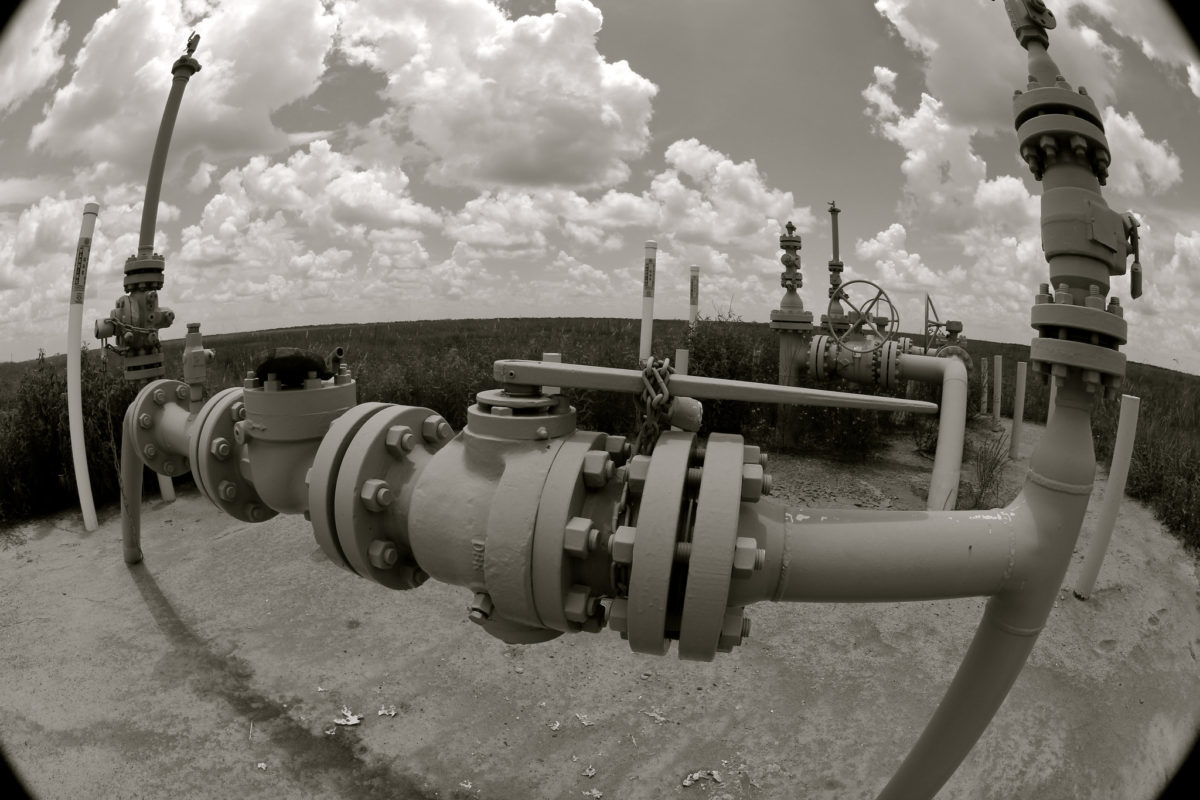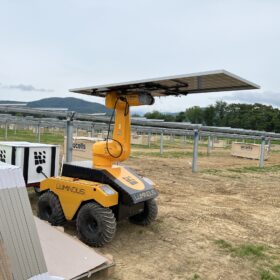A national hydrogen strategy has edged closer with the release of consultation papers on Monday. As agreed at the December meeting, the COAG Energy Council is looking to develop the document in close consultation with the industry and community by the end of 2019 and is now seeking submissions.
The nine issues papers have been produced by the COAG Energy Council Hydrogen Strategy Working Group after national and international consultation. Each of the papers poses questions and encourages responses from industry and the wider community on specific industry aspect, including: hydrogen at scale; attracting hydrogen investment; developing a hydrogen export industry; guarantees of origin; understanding community concerns for safety and the environment; hydrogen in the gas network; hydrogen to support electricity systems; hydrogen for transport and hydrogen for industrial users.
In a message accompanying the papers’ release, Australia’s Chief Scientist, Alan Finkel said hydrogen is now surging to the top of the global decarbonisation agenda. Pointing to Australia’s competitive advantages, including local expertise and infrastructure, proximity to Asian markets and abundance of renewable energy, Finkel said a hydrogen export market will have important domestic spill-over benefits and opportunities for Australia.
As established in previous studies, capitalising on the growing demand for hydrogen could result in an export industry worth $1.7 billion by 2030, and could provide 2,800 jobs, most likely regional ones. On top of this, two international reports have confirmed Australia’s potential as a future major hydrogen supplier. The World Energy Council identified Australia as a ‘giant with potential to become a world key player’, while the International Energy Agency projected that Australia could easily produce 100 million tonnes of oil equivalent of hydrogen, which could replace 3% of global gas consumption today.
“Our policies will be technology-neutral to support any hydrogen technology,” Finkel said in the message, adding that a vibrant hydrogen industry will rely on healthy competition. While this could rise questions as to the preferred method of manufacture of hydrogen, Finkel argues that low-emissions methods – electrolysis which involves splitting water molecules into hydrogen and oxygen, using electricity generated from renewable sources; and refining fossil fuels like coal and natural gas, using carbon capture and storage to mitigate the unwanted emissions – could stand the same chance under the new strategy. “On either pathway, Australia is a prime contender to be a dominant supplier,” he adds.
As the consultation process has identified a significant interest in hydrogen projects, the Department of Industry, Innovation and Science has issued a call for case studies. All hydrogen projects which are underway, or are getting ready to start, are invited to inform the development of the national strategy and could potentially be featured in the document.
This content is protected by copyright and may not be reused. If you want to cooperate with us and would like to reuse some of our content, please contact: editors@pv-magazine.com.









By submitting this form you agree to pv magazine using your data for the purposes of publishing your comment.
Your personal data will only be disclosed or otherwise transmitted to third parties for the purposes of spam filtering or if this is necessary for technical maintenance of the website. Any other transfer to third parties will not take place unless this is justified on the basis of applicable data protection regulations or if pv magazine is legally obliged to do so.
You may revoke this consent at any time with effect for the future, in which case your personal data will be deleted immediately. Otherwise, your data will be deleted if pv magazine has processed your request or the purpose of data storage is fulfilled.
Further information on data privacy can be found in our Data Protection Policy.